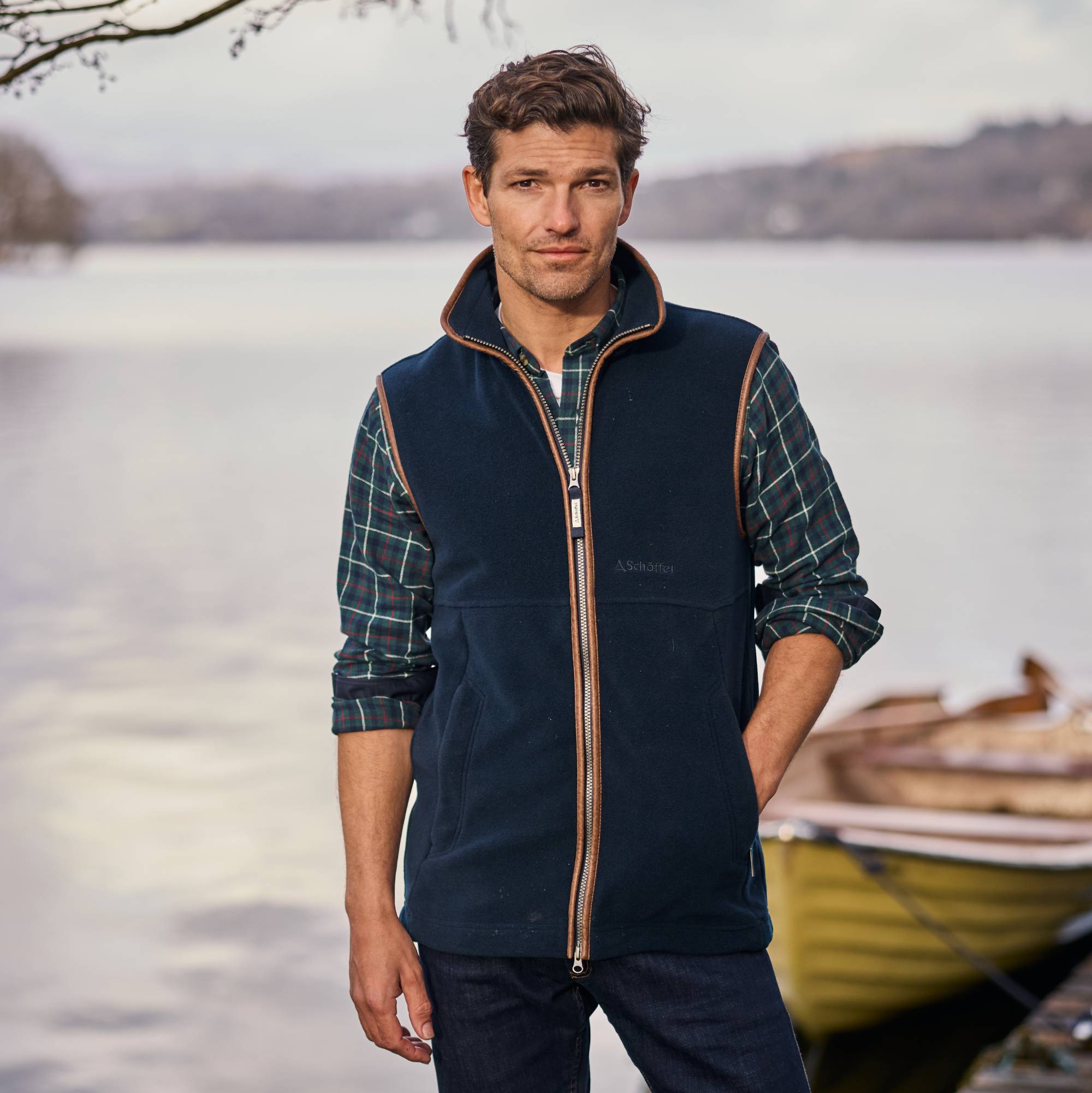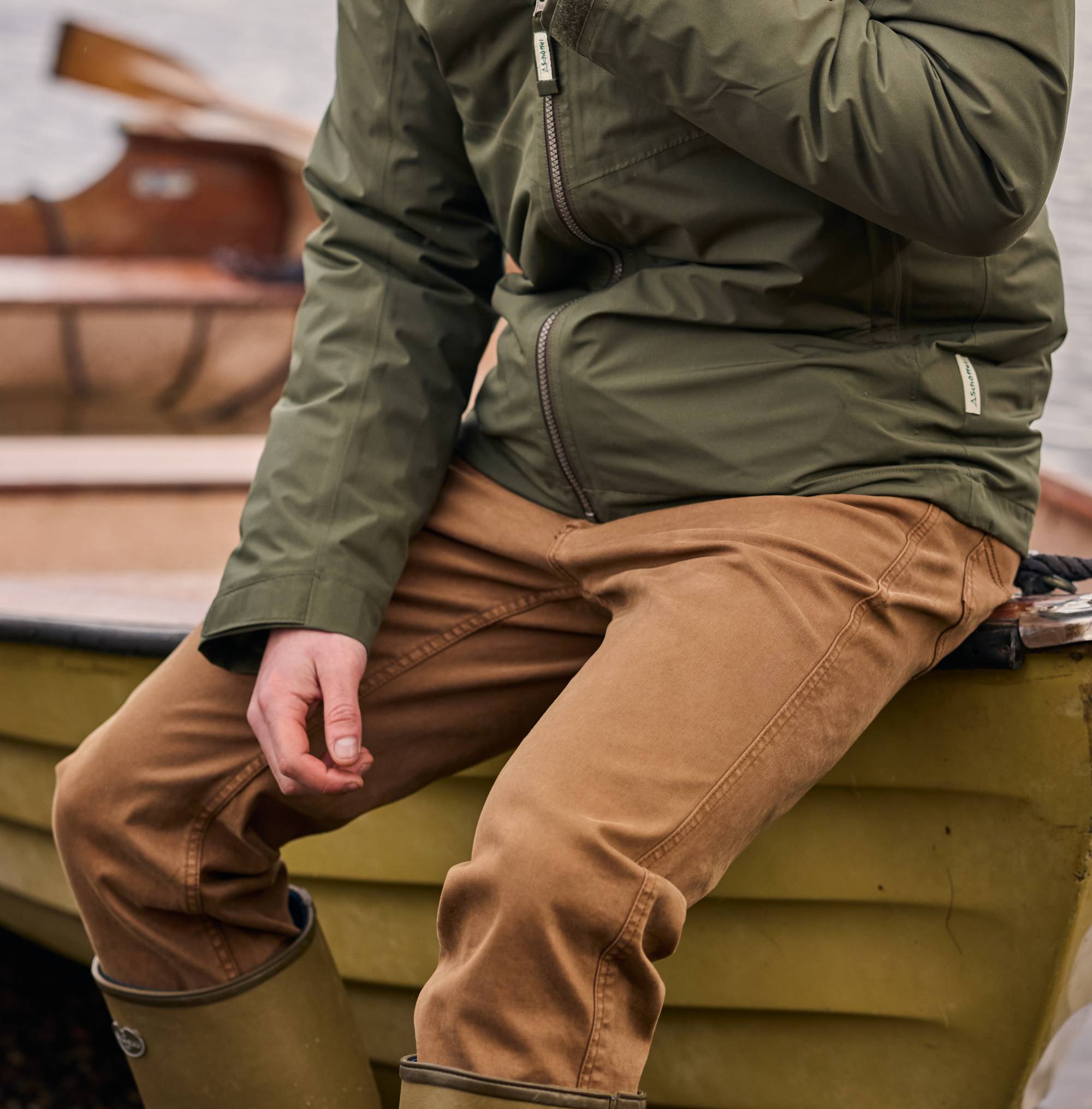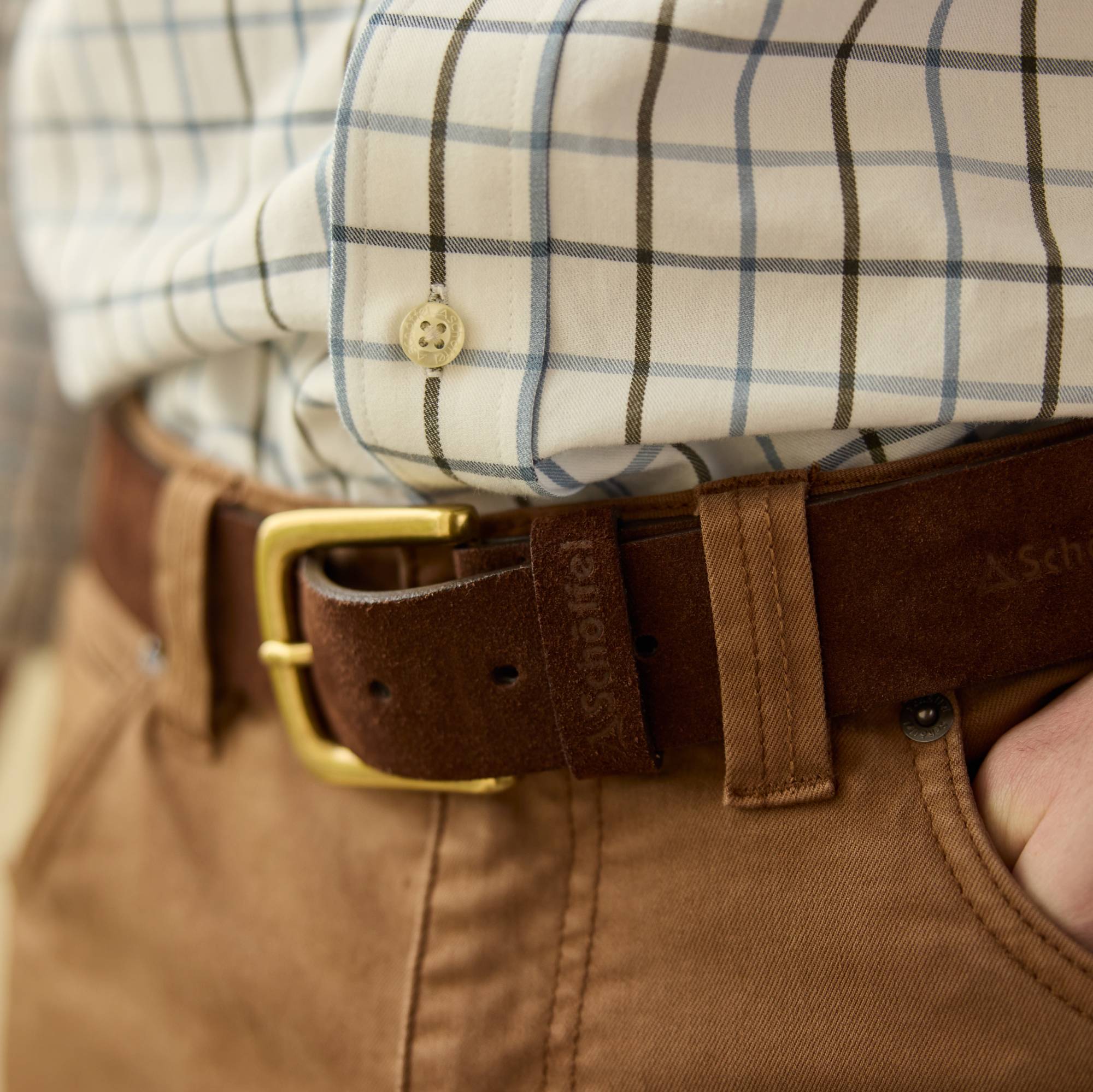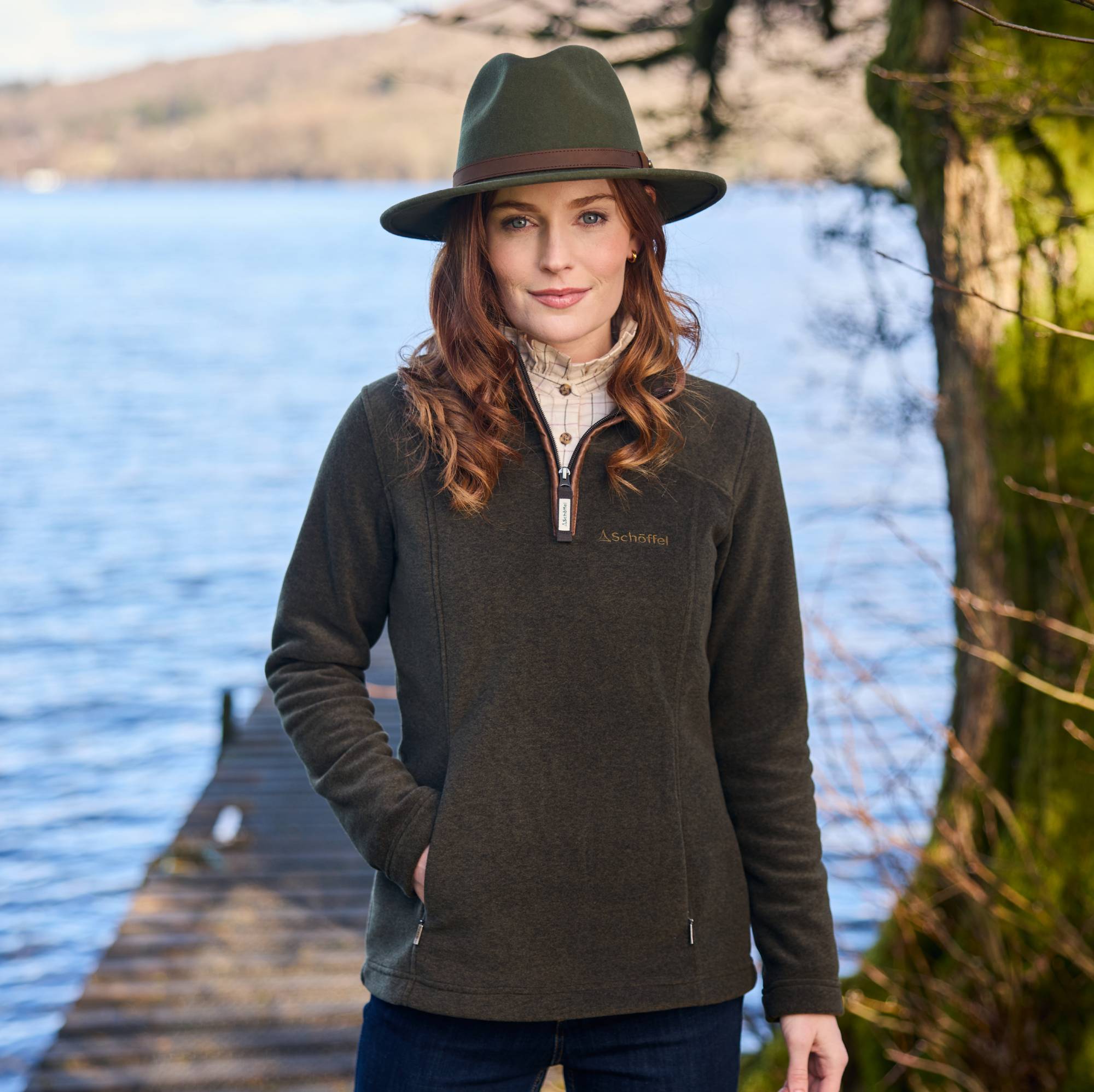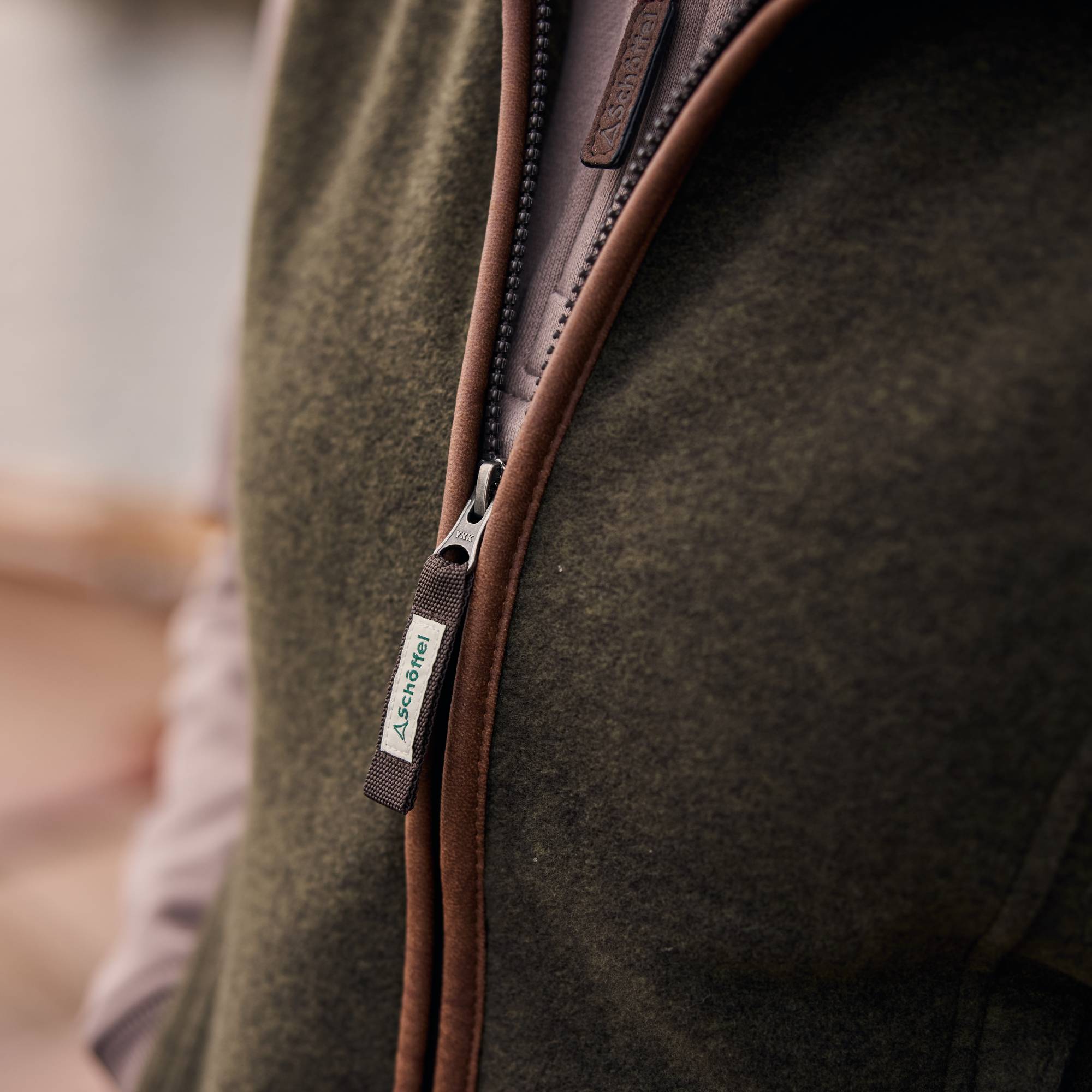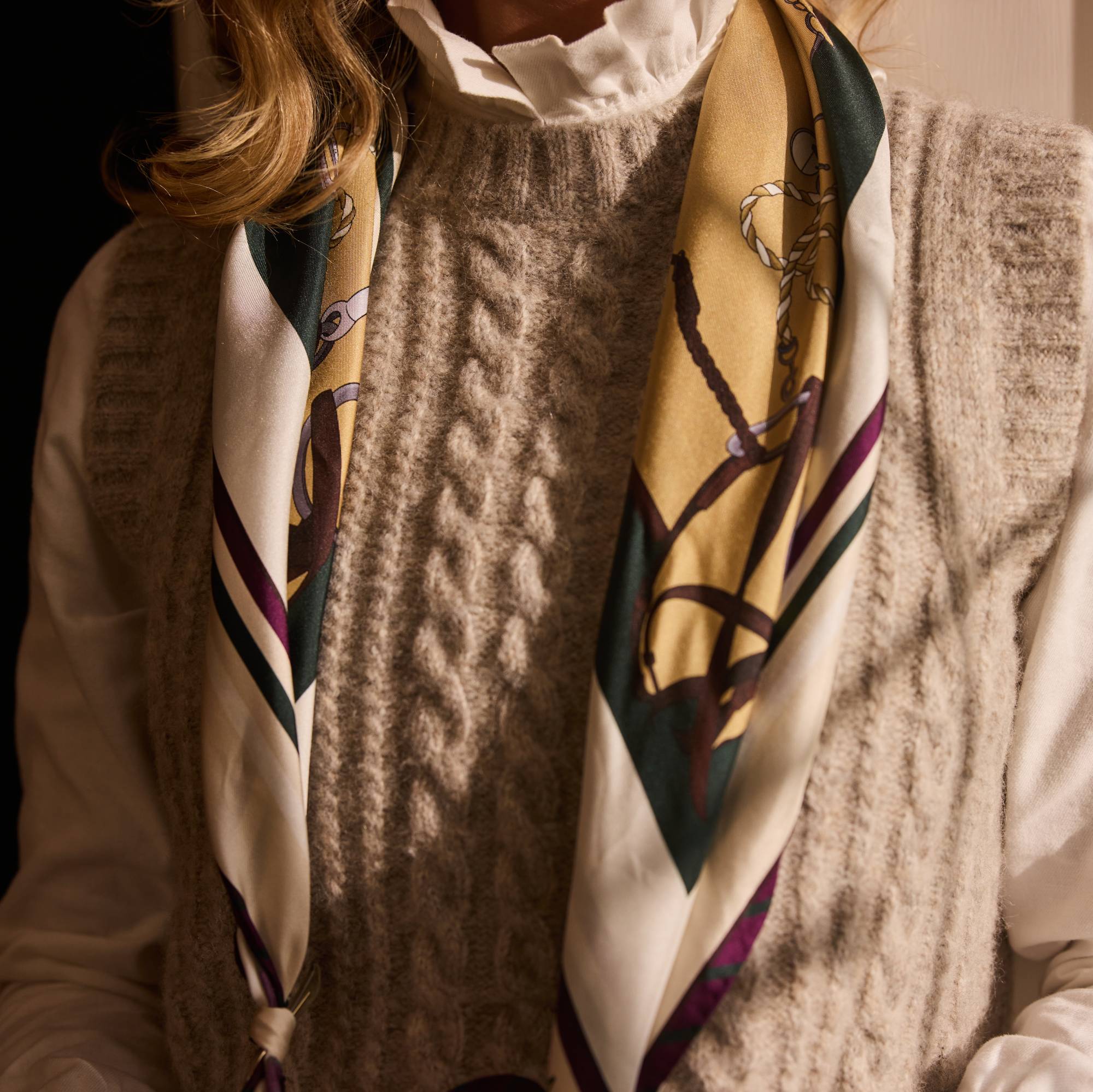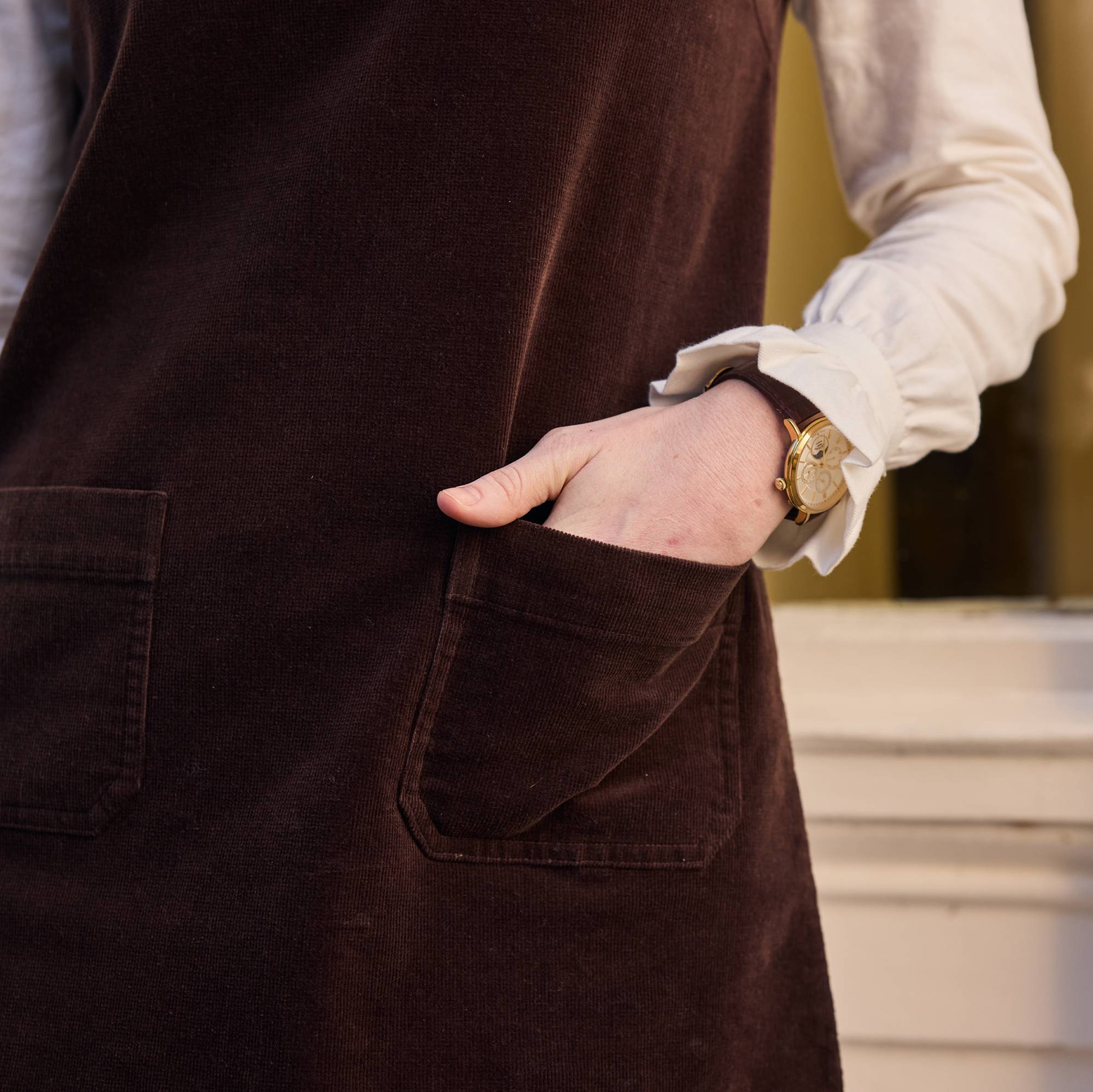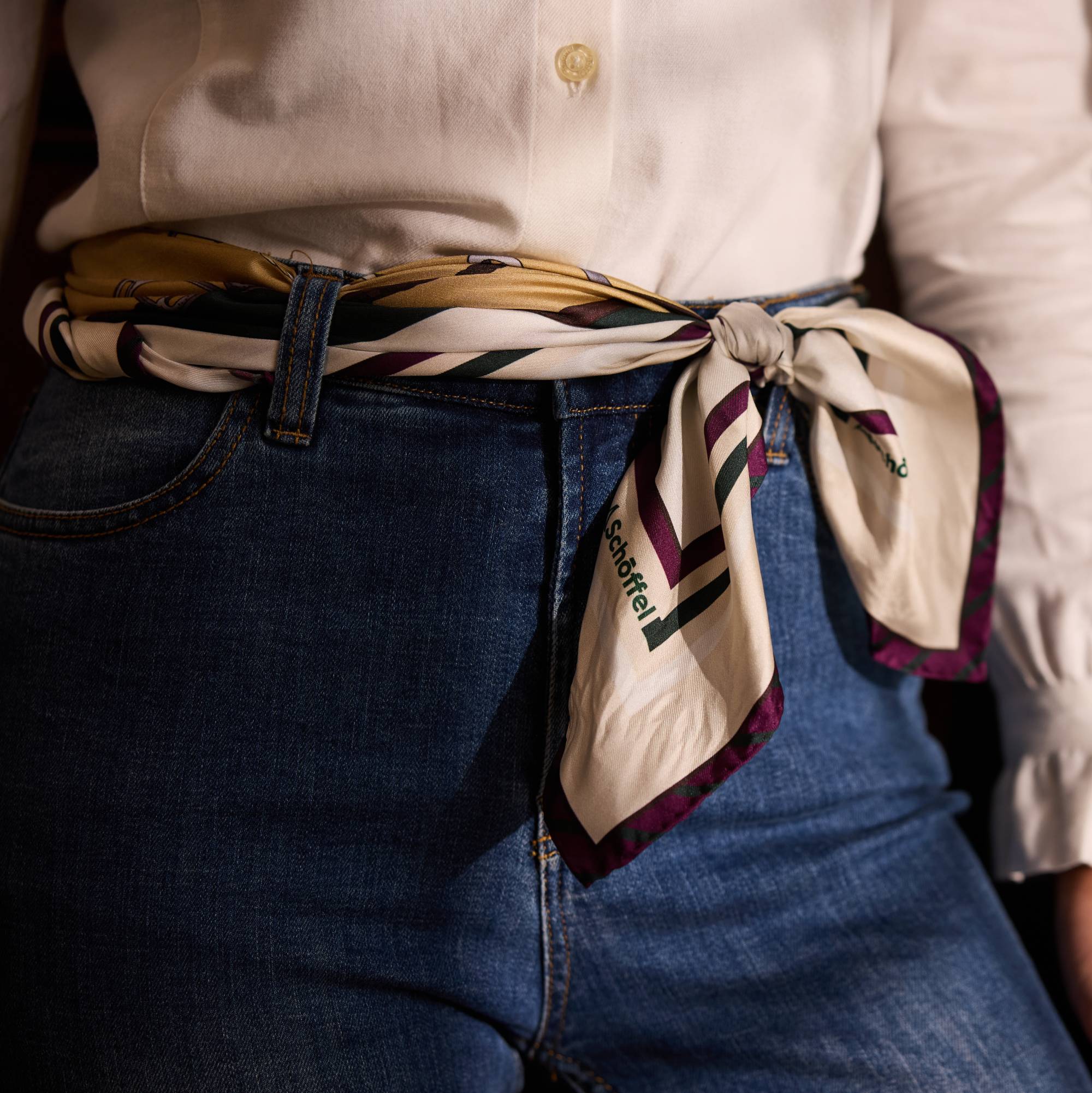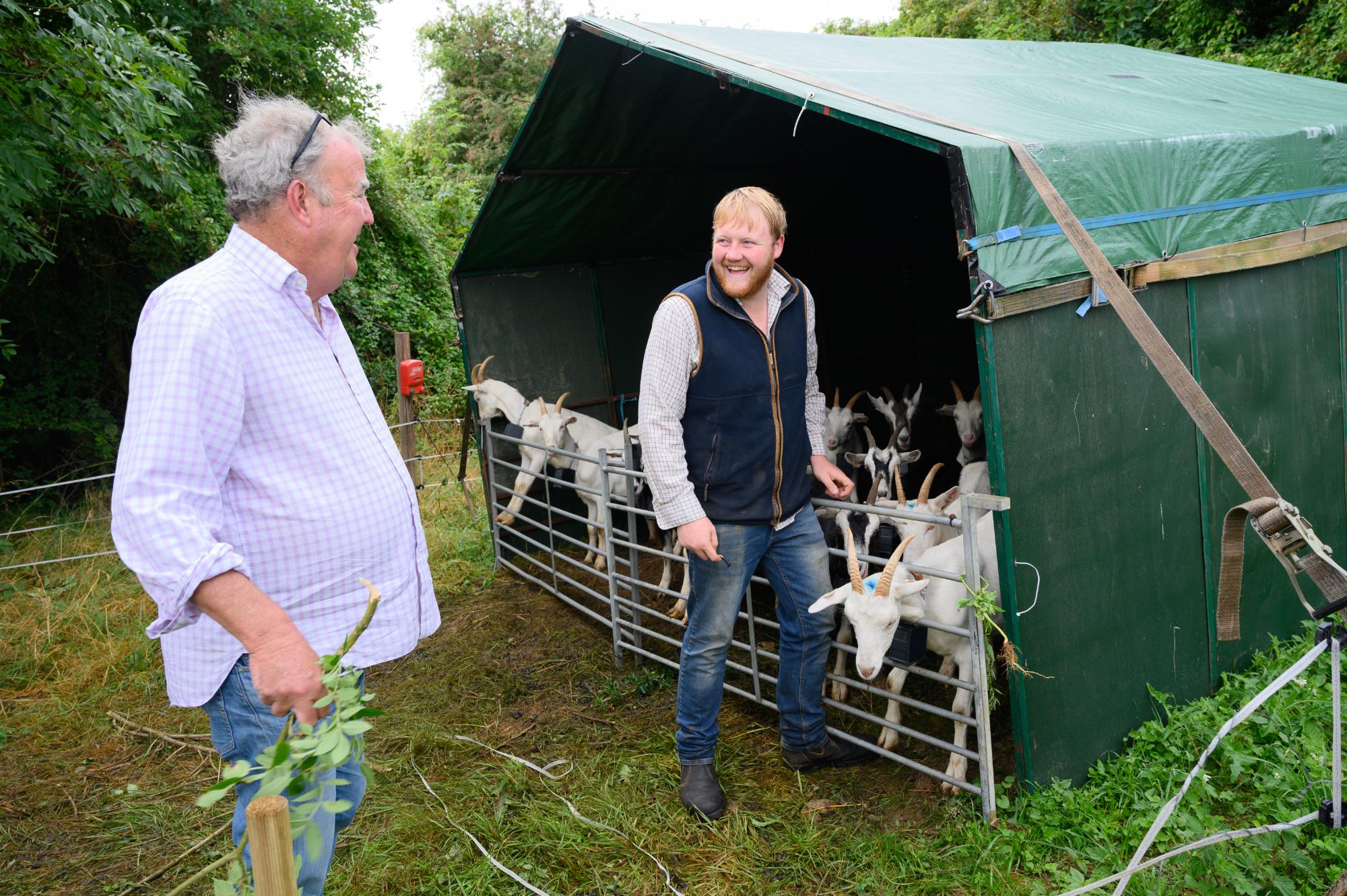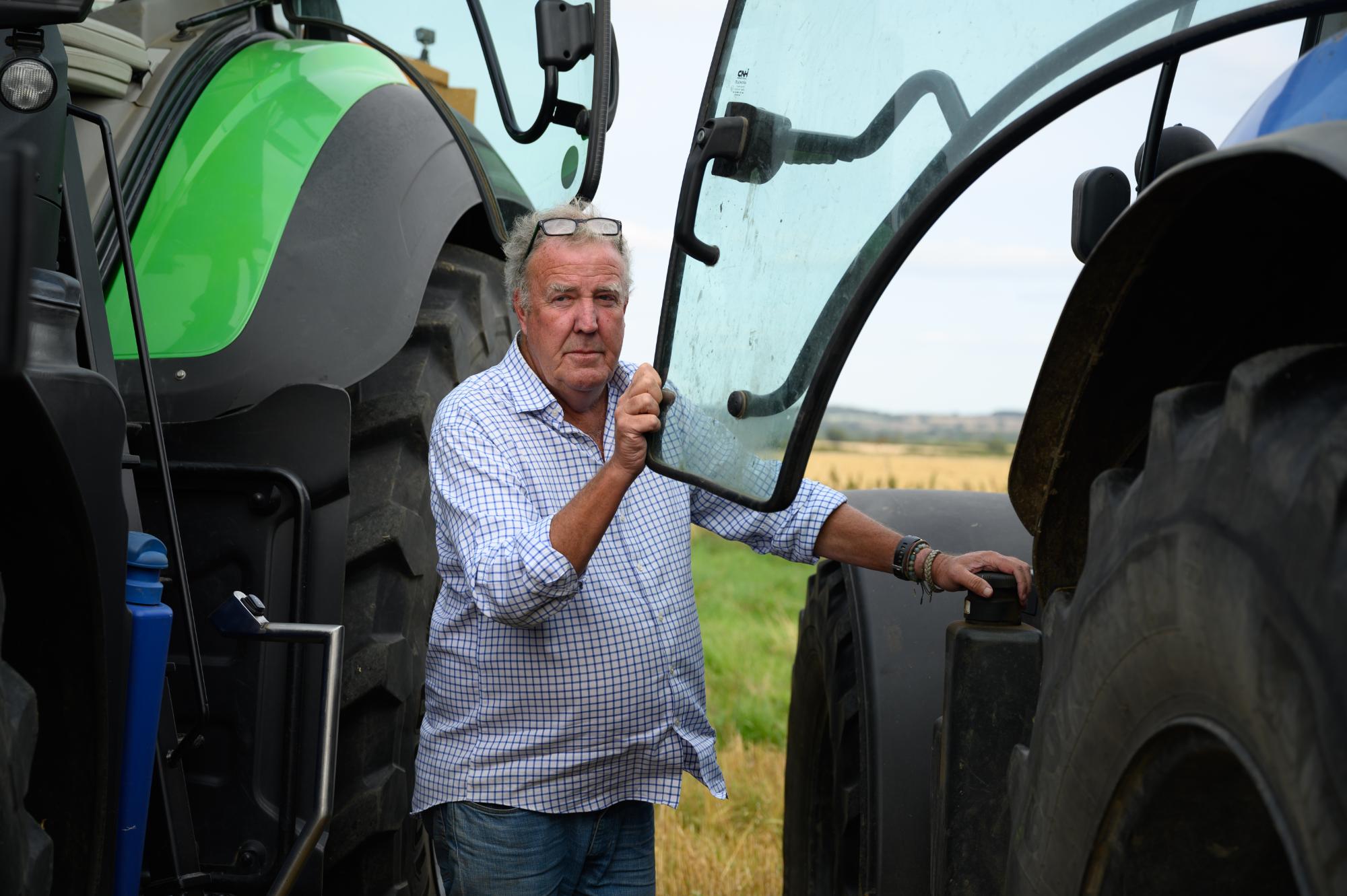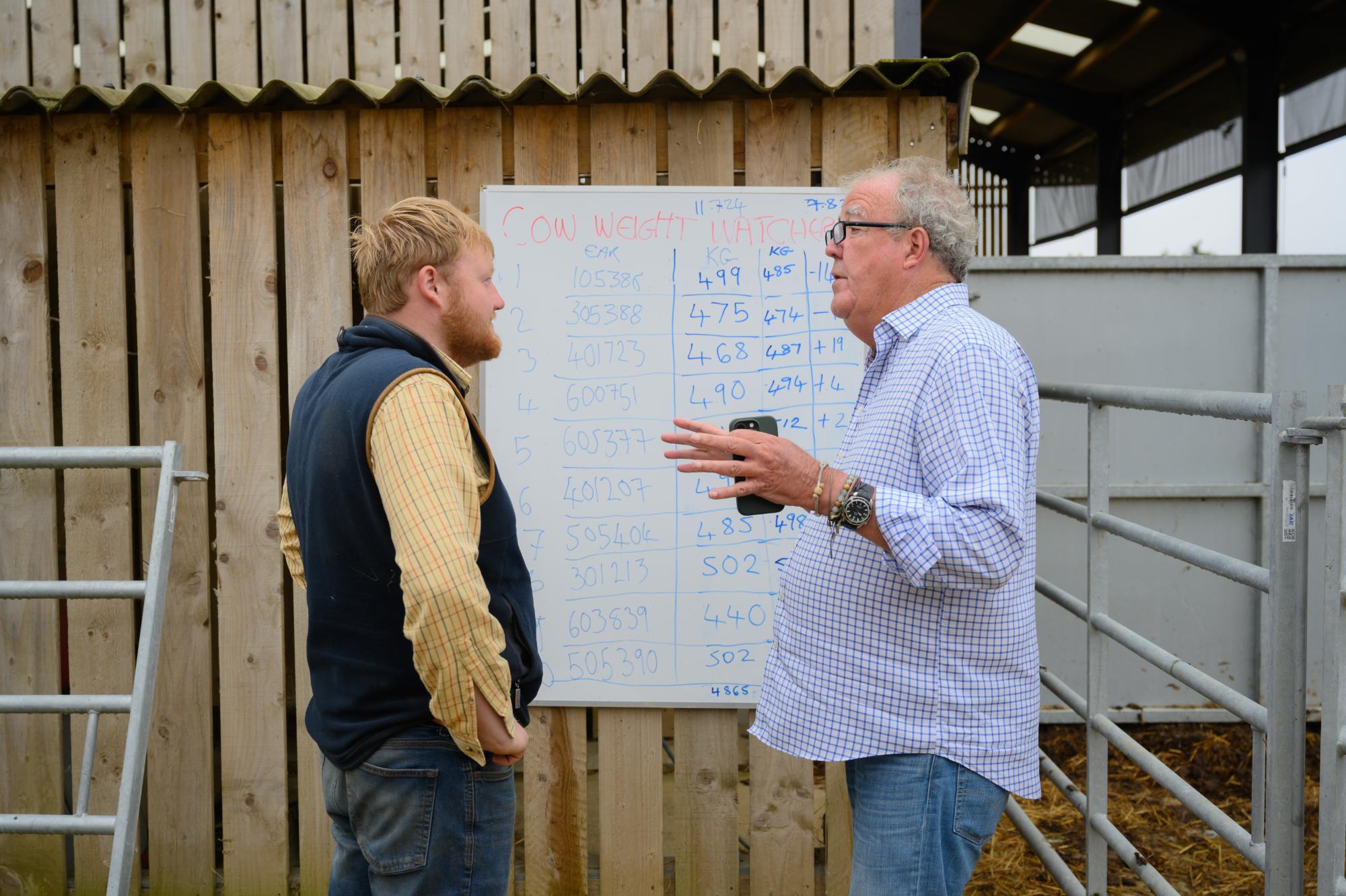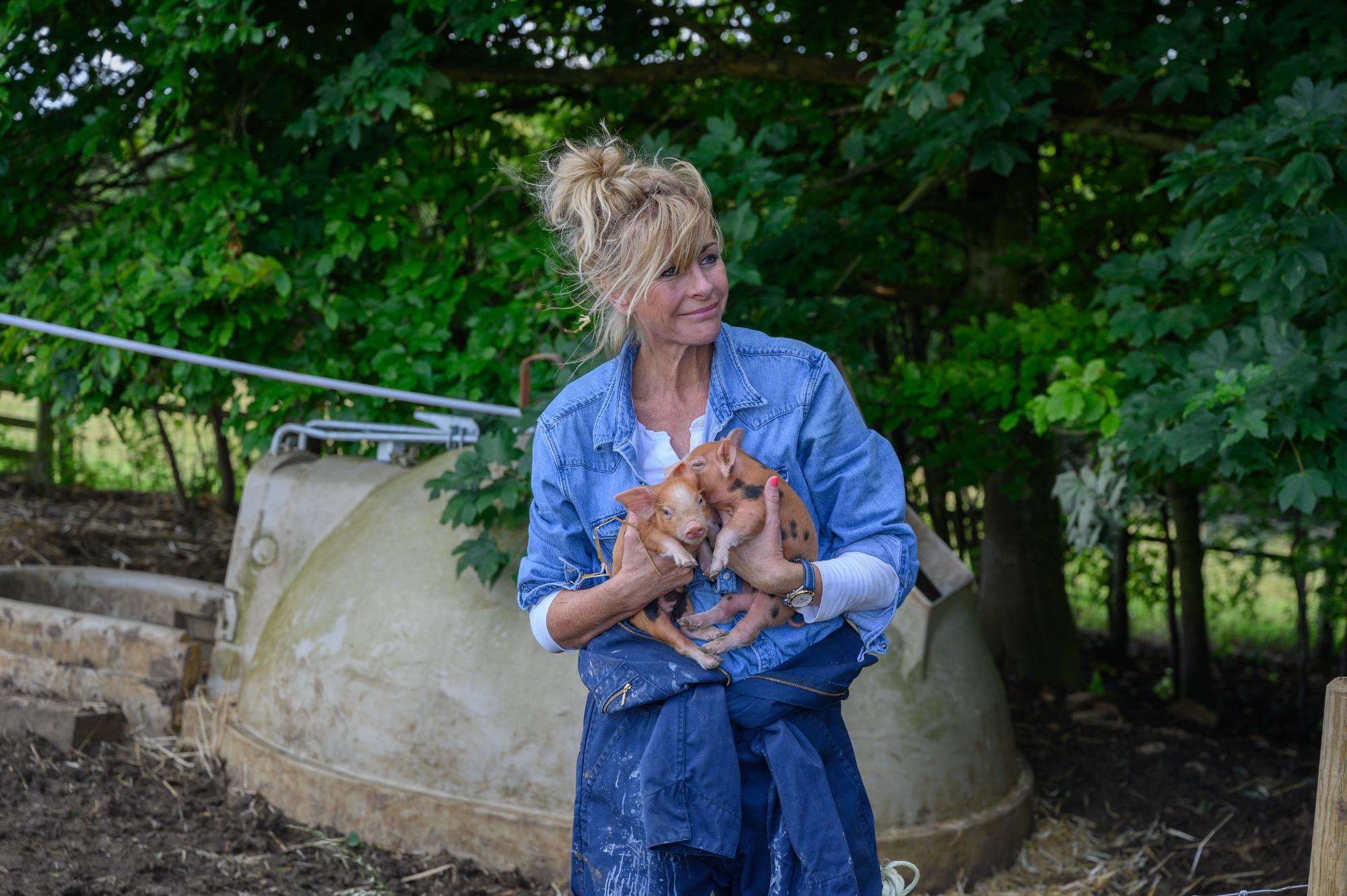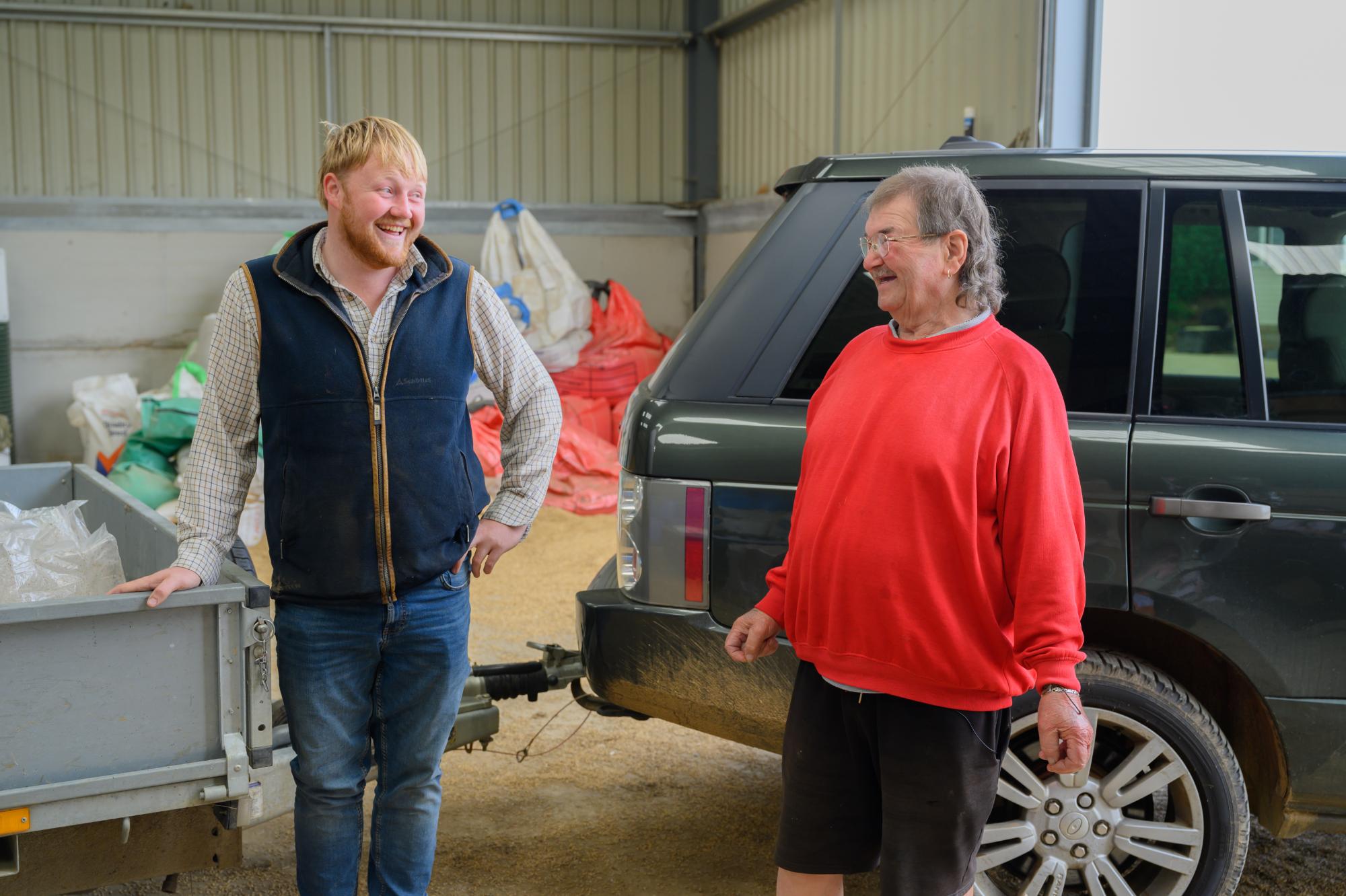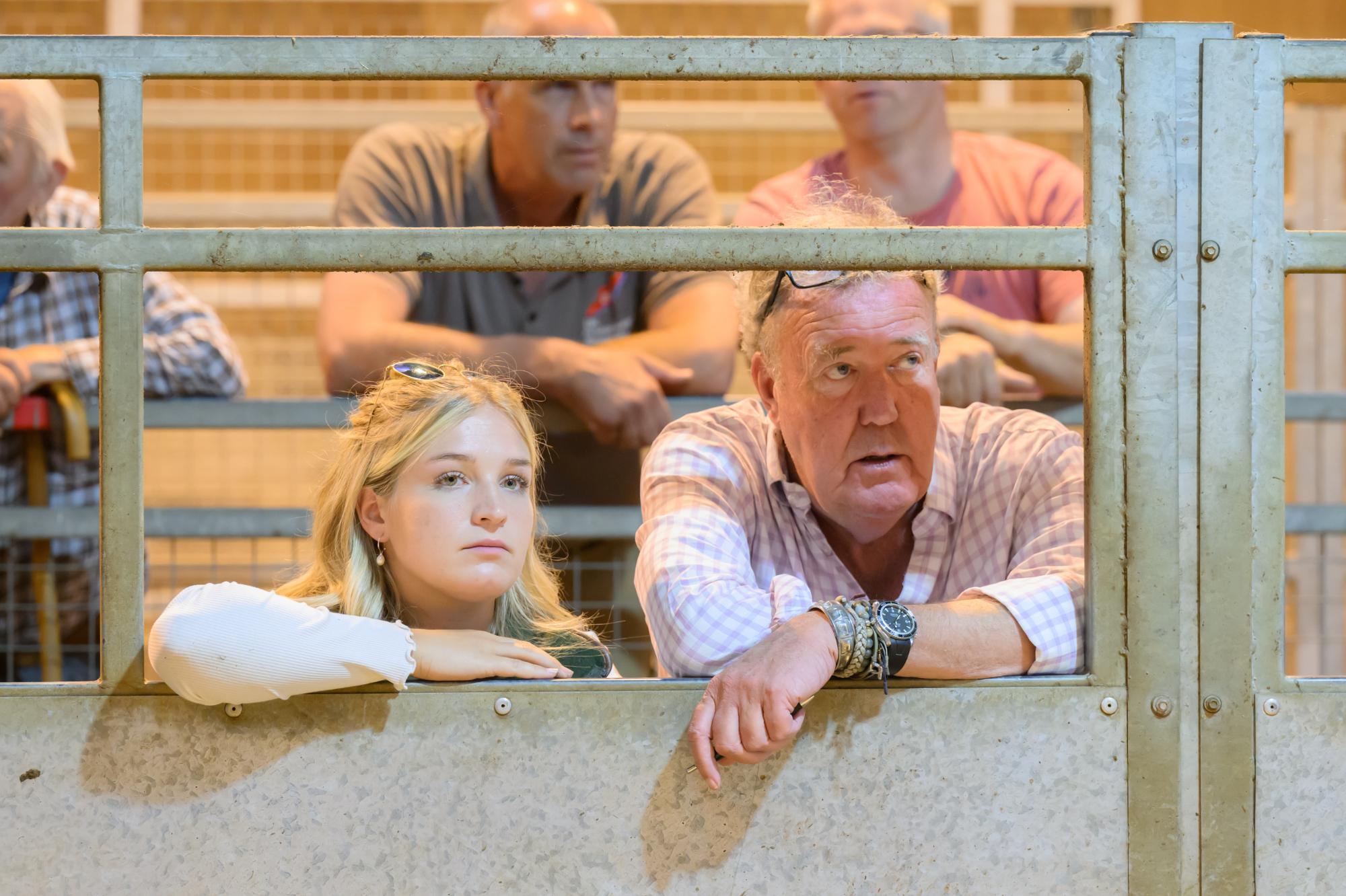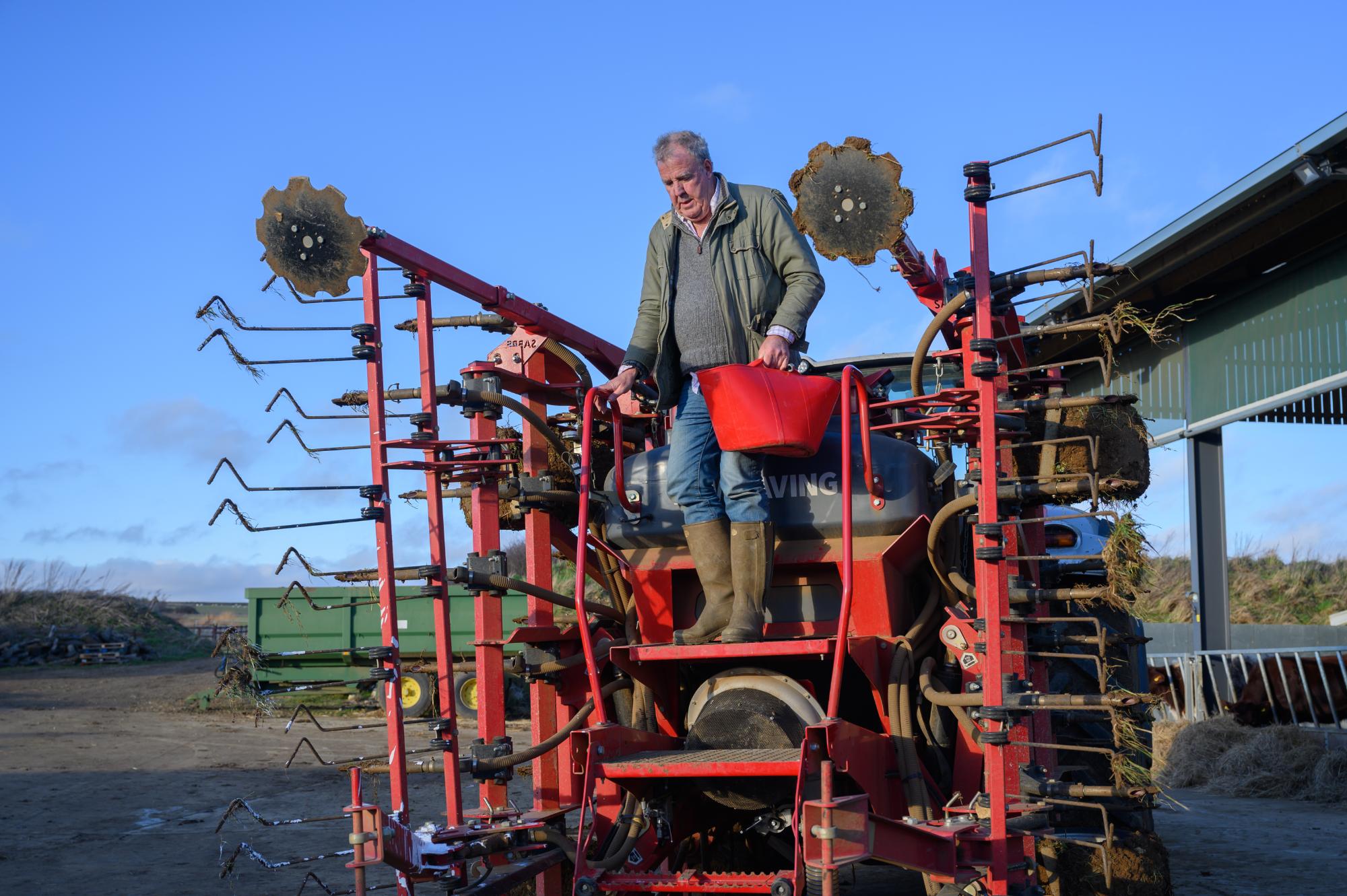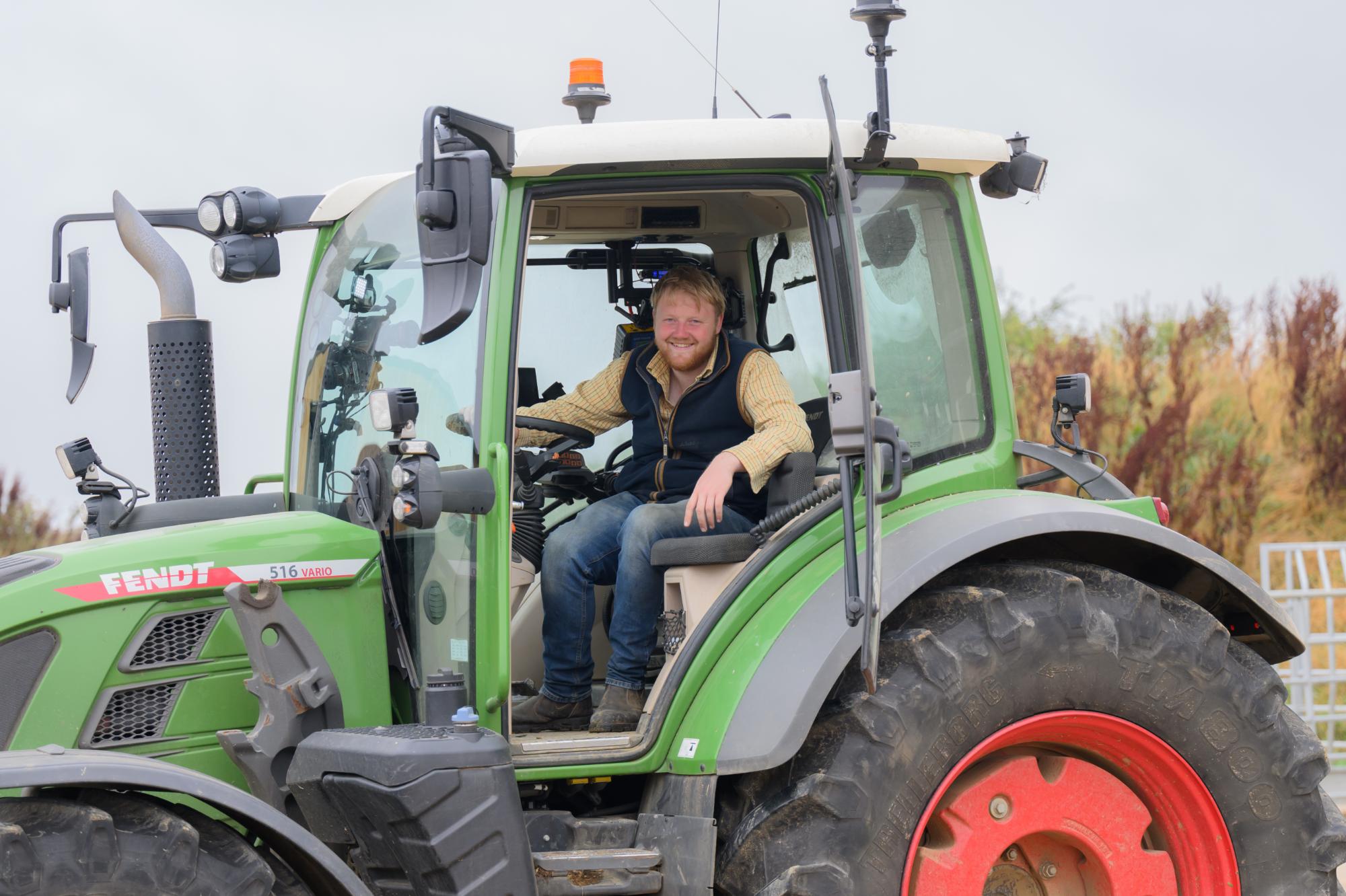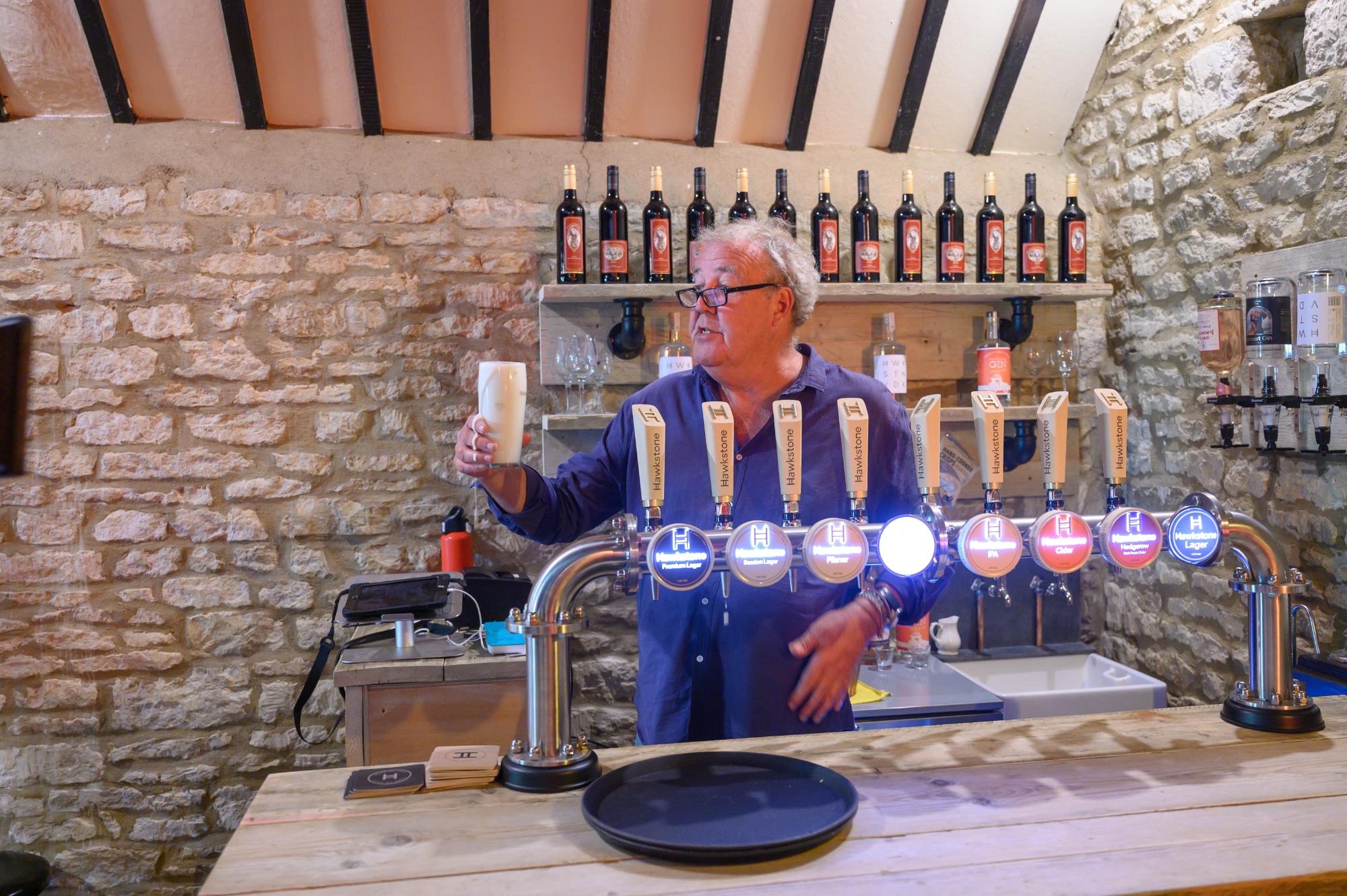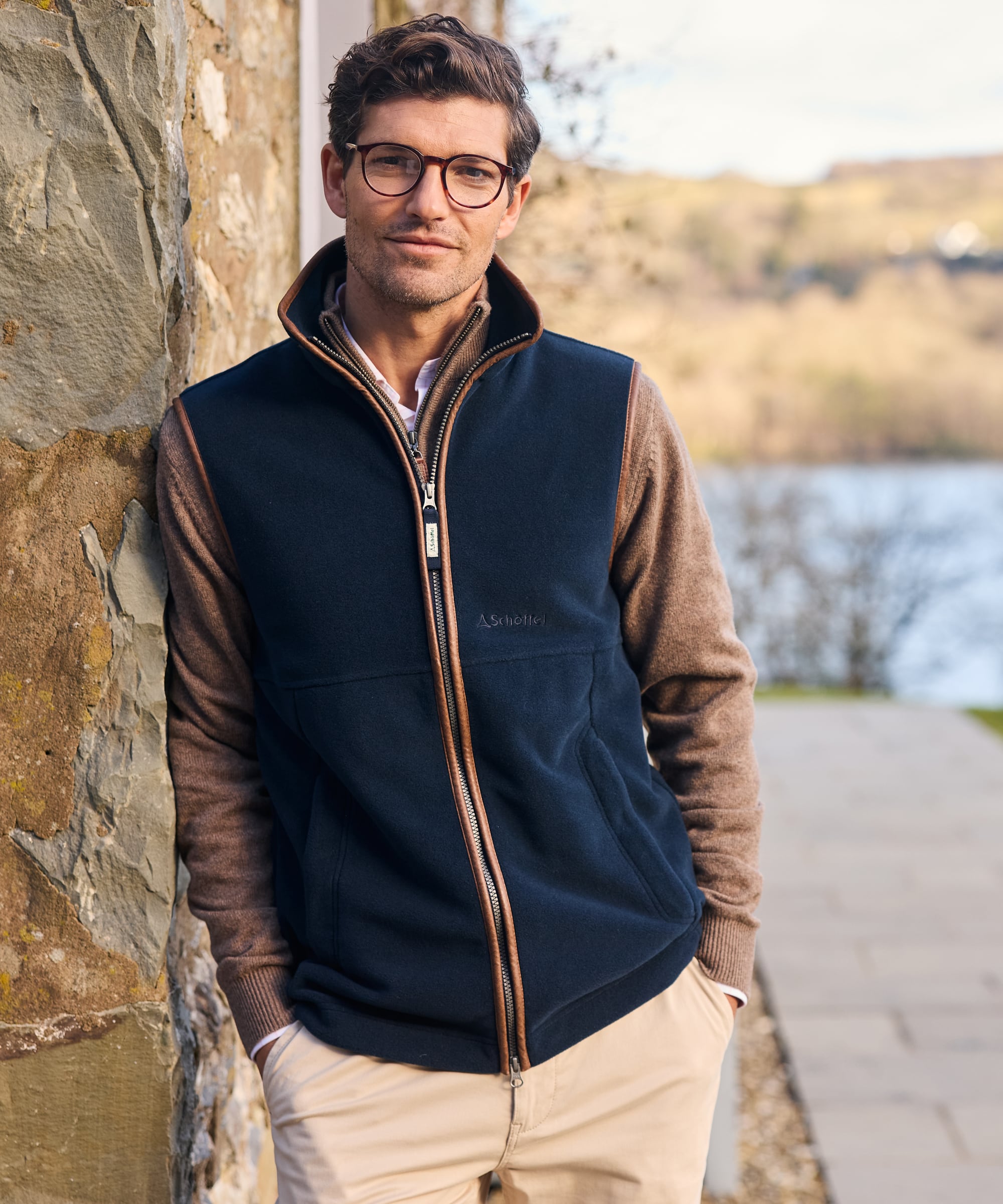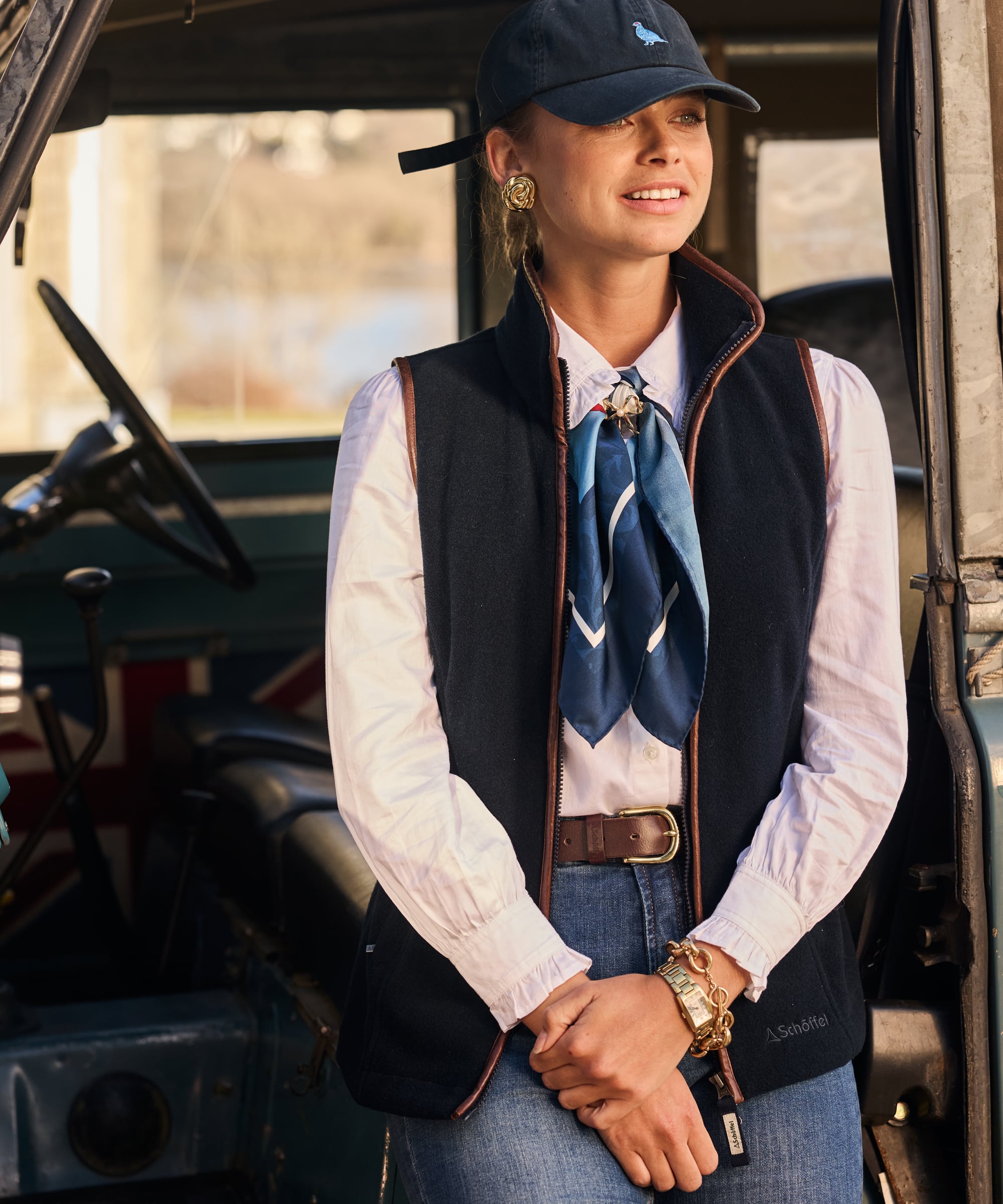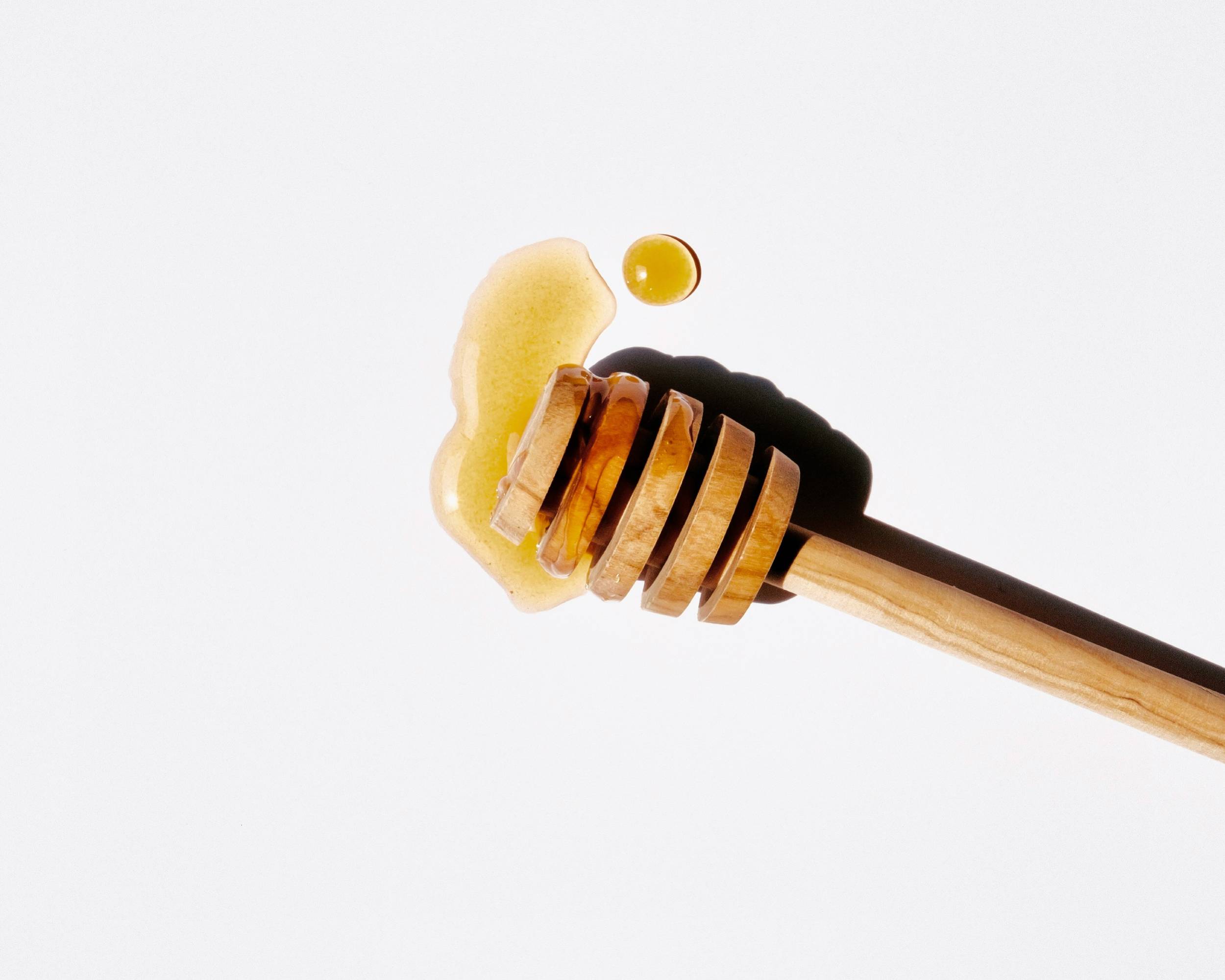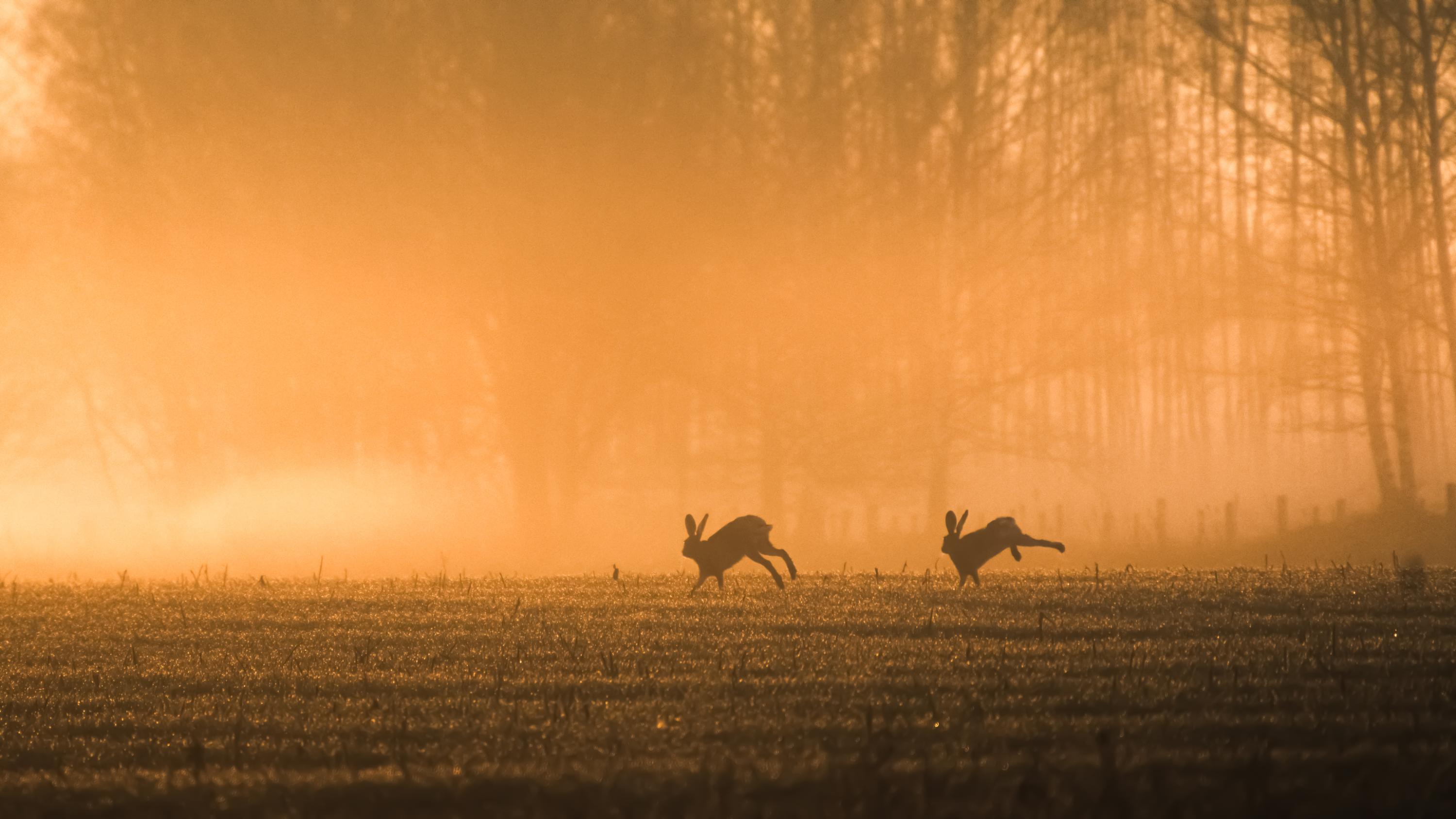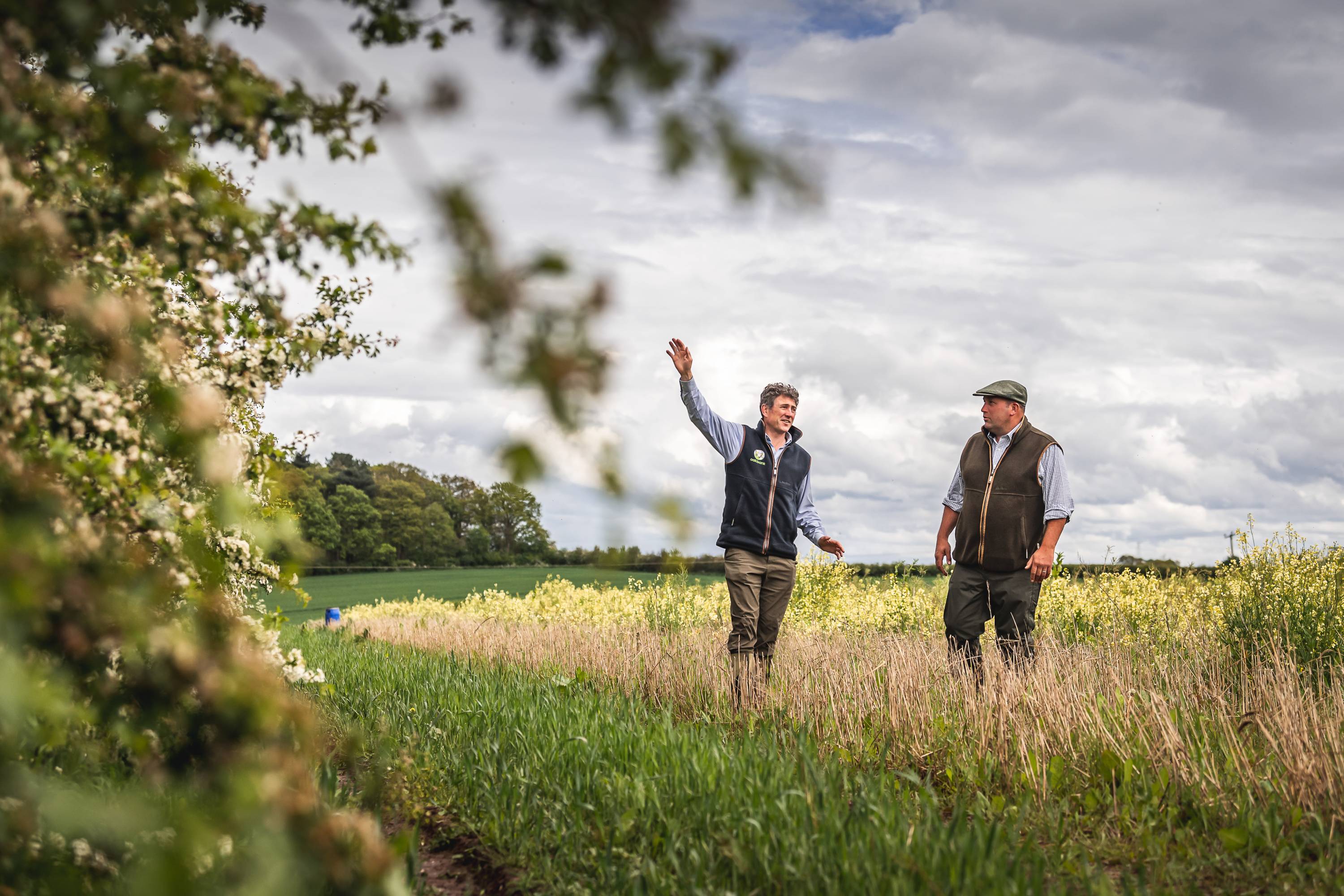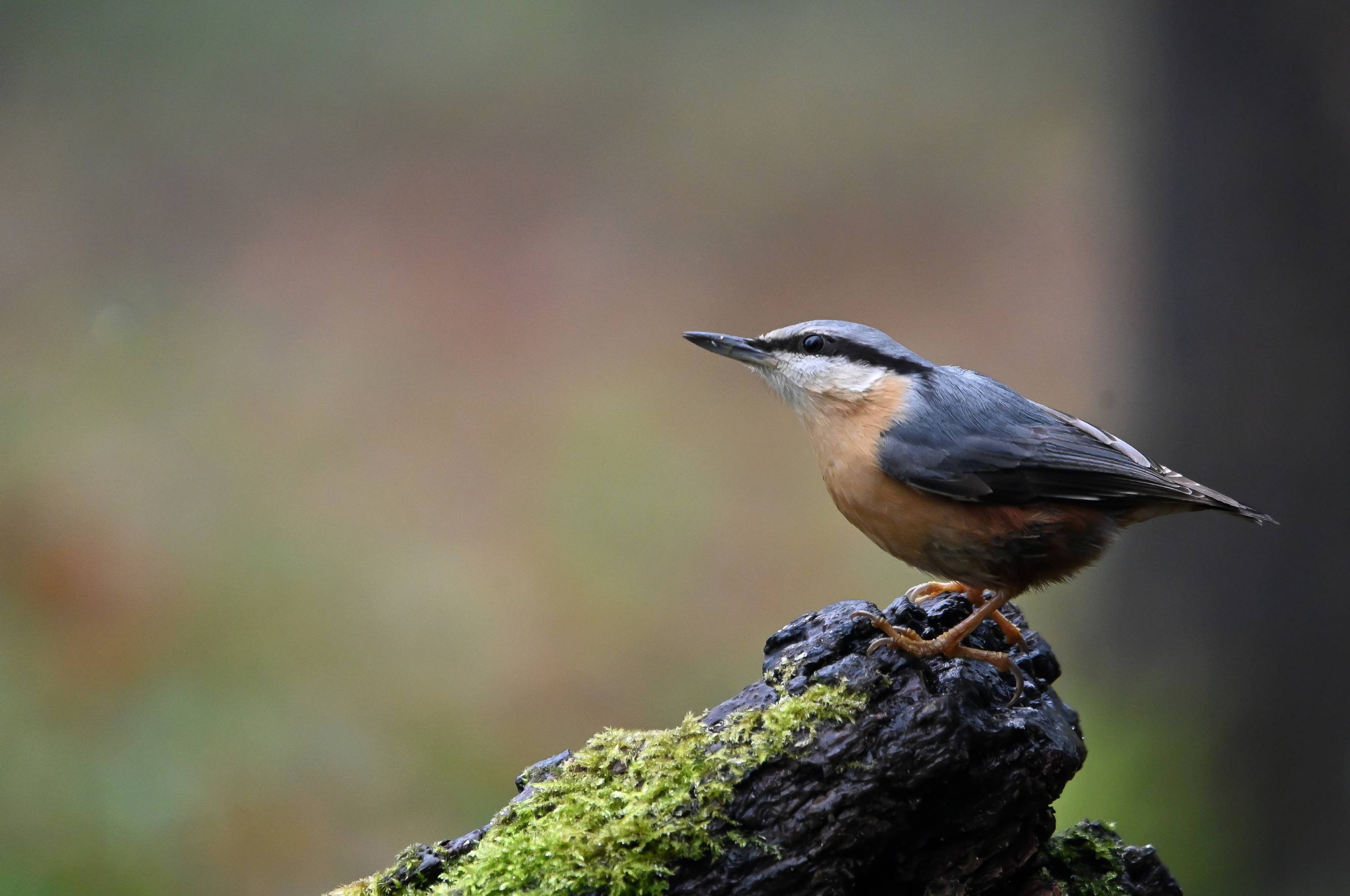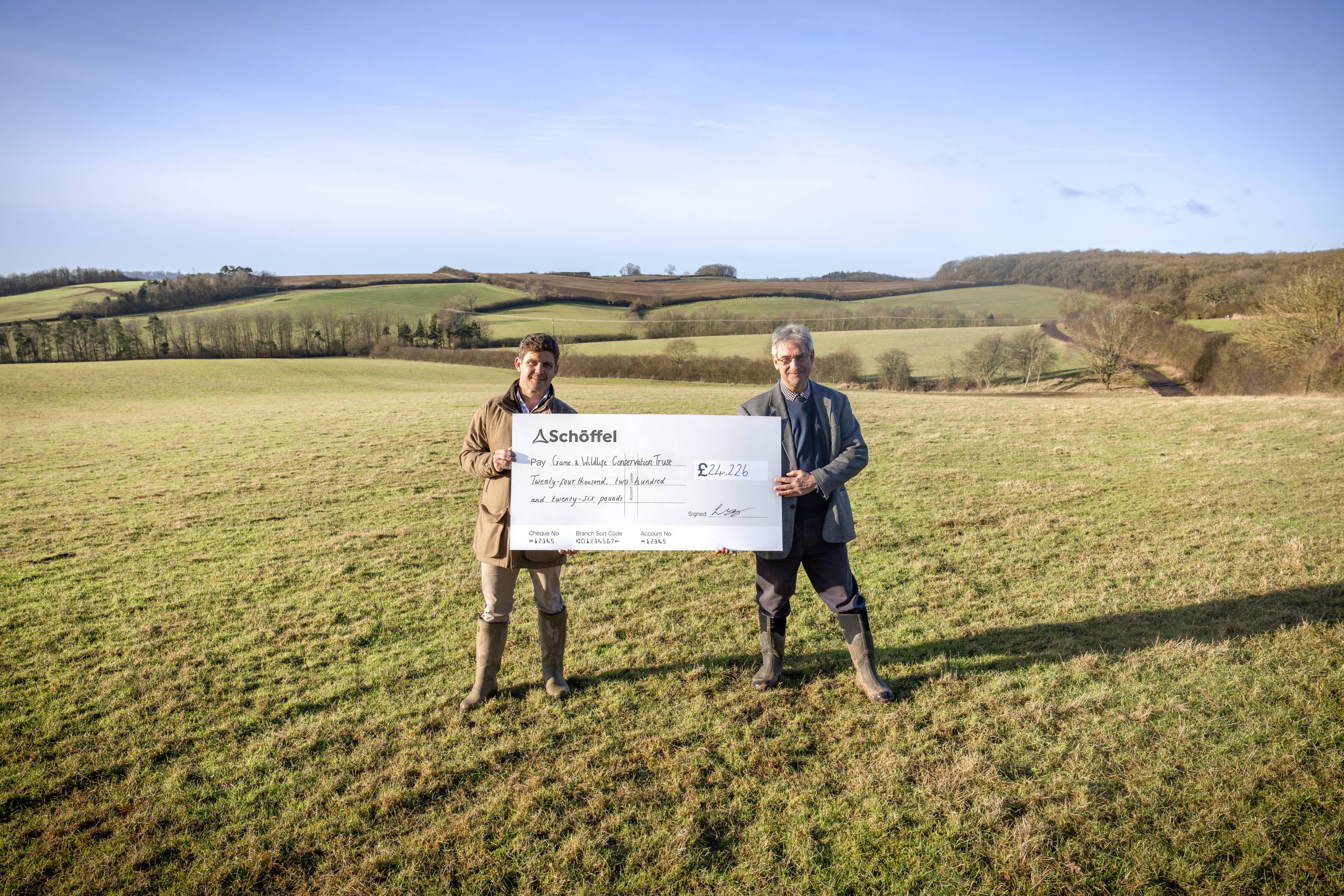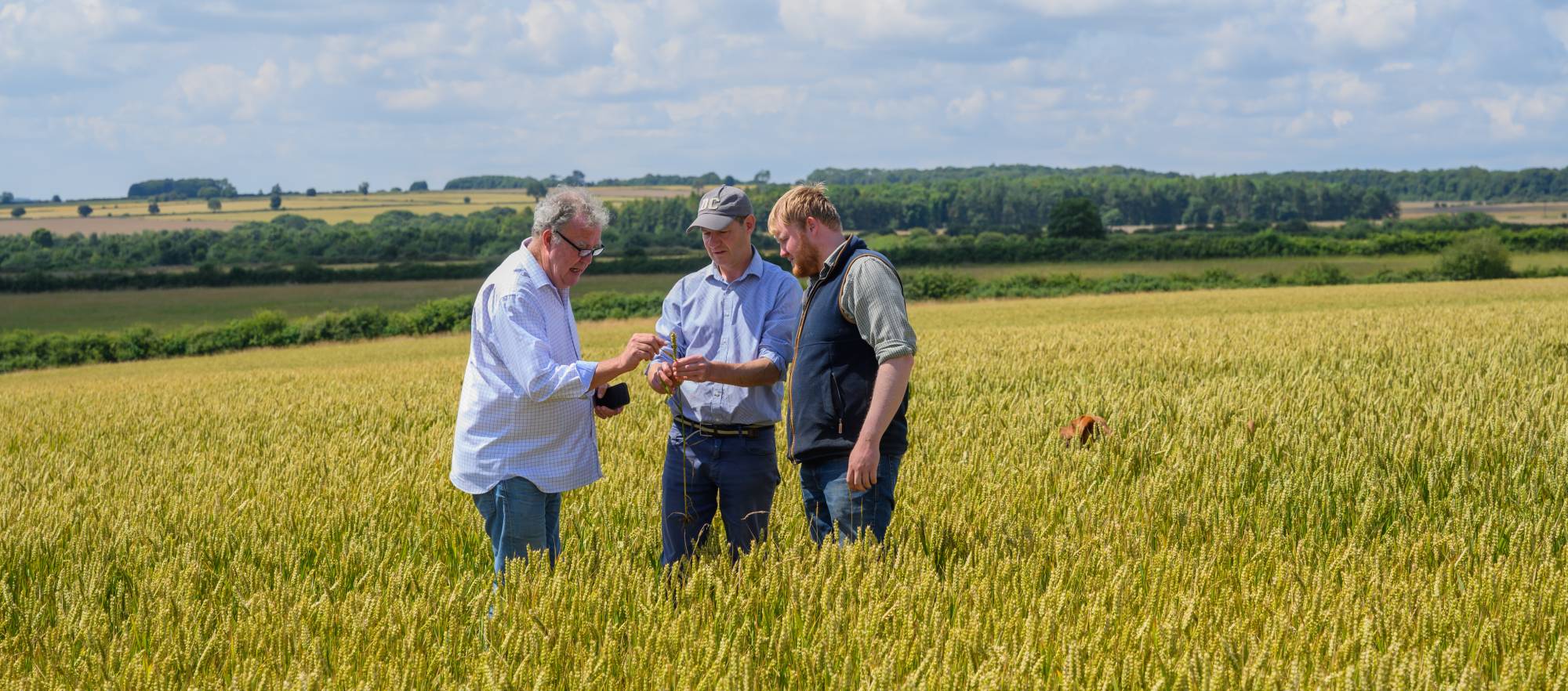
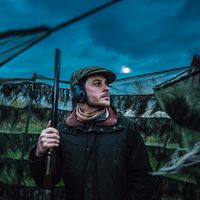
Clarkson’s Farm: Good or bad for British farming?
Four years on from when Jeremy Clarkson first appeared on our screens in a new guise, we take a closer look at the hugely popular series that has documented his journey at Diddly Squat Farm.
I vividly remember the first time I was trusted to use farm machinery. I was a teenager, taking a break from pulling ragwort, and it took me all of five seconds to crush the antique wooden hay rack I’d been tasked with moving across the yard. One clumsy jolt of the telehandler’s joystick and the tines did the rest...
Season 1 of Clarkson’s Farm took me straight back to that red-faced moment; to watch Jeremy Clarkson roll up his sleeves while navigating the complexities of running a farm was both entertaining and relatable. Then, for so many of us, it became more than that.
The show first aired in June 2021, is now in its fourth season, and has since captured the imaginations of millions of people, breaking Amazon Prime viewing records in the UK along the way. But, why?
I’m sure there were many sceptics when Clarkson first introduced us to Diddly Squat Farm. What would it matter if a celebrity multimillionaire didn’t turn a profit from his newly acquired 1,000 acres of the Cotswolds? Would this just be his plaything for the sake of good telly? Would we watch on as he p***ed about with no real consequence and the nation’s farmers continued to face very real challenges to their livelihoods? Does he really care?
As the episodes unfolded, it quickly became clear that yes, he really does care, and the journey he has taken us on while demonstrating the fact has proven to be a valuable awareness exercise, helping to bridge the gap between consumers and the practices and people who feed them.
How has Clarkson’s Farm helped British farming?
Jeremy Clarkson is no stranger to engagement. His signature cocktail of wry humour and blunt honesty with a dash of self-deprecation harvests attention. There’s a candidness to his style that makes us feel like we’re sharing the experience with him, whether he’s trying to keep his piglets alive, justifying the purchase of a Lamborghini tractor, or embarking on adventures in beekeeping or mushroom growing.
Crucially, his antics have stomped over the town/country divide to draw in those who might otherwise have no exposure to the realities of farming. And, in doing so, he has presented the myriad challenges farmers face, day to day and from one season to the next, in a way that is easy to digest, difficult to ignore, and something of a two-fingered gesture to the fluffy and sanitised alternative we’ve grown used to.
Extreme weather– the sort that our farming collection was designed to stand up to– has, of course, featured.
The worry and consequences of non-stop rain and drought have been laid bare for all to see in the form of failed or undrilled crops. Pests and diseases have ravaged everything from potatoes to oilseed rape. Attempts to diversify and add further income streams – key to the survival of many farms in Britain today – have been slowed, halted or complicated by red tape. Meanwhile, the backdrop of market pressures, fluctuating prices, and trying to deliver for nature while producing food have been alluded to in a way that resonates with people from all corners of society.
The characters of Clarkson’s Farm
If Jeremy’s presenting style is the hook, it is the dynamic between him and the other people we see every episode that make the antics at Diddly Squat Farm such good viewing.
Jeremy’s partner, Lisa Hogan, frequently explores her own ventures on the farm while managing the popular Diddly Squat Farm Shop, also often serving as the voice of reason amidst her playful teasing of Jeremy. As the pair have embarked on their new way of life together, they’ve shared tough times, too – struggles that are not shied away from but are experienced by every other farm in the UK.
Clarkson’s Farm has surely changed the life of 26-year-old Kaleb Cooper more than it has any other farmer in the country. His straight-talking manner and practical experience make him the ideal person to mentor Jeremy, despite being 40 years his junior. Their interactions, which tend to revolve around on-farm jobs, typically involve frustration, confusion, lessons in how to do something, and not a small amount of humour. Fencing, cultivations, hedge-cutting, shearing... we’ve been treated to so many Kaleb-Jeremy ‘how-tos’ and ‘how not tos’. All of a sudden, something as mundane as hitching a trailer or stacking bales is very watchable.
The duo’s on-screen chemistry is bolstered by ‘Cheerful’ Charlie Ireland, who brings a much-needed measure of calm and pragmatism to the fold. The rural consultant, who is also a judge of the Schöffel Countryside Awards, regularly pulls Jeremy back down to earth with sage advice on everything from agronomy and planning applications to environmental grant schemes and the farm’s finances. When the cameras switch to the pair sitting either side of Jeremy’s office desk, you know plans, or problems, are afoot.
Sadly, it seems characters like Gerald Cooper are disappearing from the countryside, and that’s largely down to the factors we discuss below. Introduced with tongue lodged firmly in cheek as Diddly Squat’s ‘head of security’, the 76-year-old (of no relation to Kaleb, in case you’re wondering) is a dab-hand at farm work and excels, apparently, in dry stone walling. The show plays on Gerald’s strong dialect and makes out that despite their clear affection for him, the others often have a hard job understanding what he’s saying. In the third season, as Gerald is diagnosed with and battles cancer, the team’s tight-knit nature shines through.
The latest addition to Clarkson’s Farm is Harriet Cowan (24), a community nurse who grew up on a farm in Derbyshire and now fills any spare hours she has tending to livestock or working for a local agricultural contractor. Drafted in as help at Diddly Squat while Kaleb was on a live-show tour of the UK, she quickly became a valuable asset, whether fencing, drilling, slug-pelleting or trimming Jeremy’s overgrown eyebrows.
And then there are the many other people who have featured to date, from the farm vet to the builder, and neighbouring farmers to deer management specialists – a reminder of how crucial a thriving rural community is to the countryside.
Why are shows like Clarkson’s Farm important?
Simply put, as a nation we’re increasingly disconnected from the origins of our food. And that’s a symptom of the significant changes to farming and society in the UK during the last century.
According to DEFRA, the number of farms in the UK has almost halved from 250,000 in 1950 to 130,000 in 2020. Additionally, while approximately 80% of the population lived in rural areas in 1901, that trend has reversed, with 83% of people now residing in towns and cities.
Unsurprisingly, there are now far fewer people working on the land, too; employment in agriculture has decreased from roughly 25% of the total workforce in the 1940s to less than 1.5% today.
This disconnection translates to poorer understanding. And it shows: The State of Food and Agriculture report from 2019 quoted a large-scale survey that found only 26% of respondents were aware of the seasonality of food production. How on Earth, then, can we expect the general public to appreciate the importance of things like soil structure and fertility, government support, and the economics of farming sustainably in the 21st century?
We could go on with the facts and figures, but you get the gist. Mainstream exposure, like that provided by Clarkson’s Farm, can really make a difference to the wider public’s interest in where their food comes from.
Why does that matter? Well, greater awareness translates to better support for policies and initiatives that will improve food security and the way that we farm; a more informed public is likely to care more, advocate for sustainable practices, and support local farmers, buying their produce with an appreciation of why it might cost more than the alternative at the supermarket.
See how the tone of the article has changed? It’s a prime example of where so many have failed but Clarkson and Amazon have succeeded. They don’t get stuck in the weeds talking about the gritty detail that might turn viewers off. Instead, they’re clever about how they touch on key topics, prompting an audience with a short attention span to think about the likes of mental health issues in farming, the devastation that can be caused by a type of beetle they’ve likely never heard of, fragile profit margins, and the brutal reality of looking after cattle, sheep, pigs and more...
Clarkson’s Farm – an overview
Where is Clarkson’s Farm filmed?
The show is filmed at Diddly Squat Farm, which sits between the town of Chipping Norton and Chadlington in Oxfordshire.
How big is Clarkson’s Farm?
Diddly Squat Farm is a mixed arable and livestock farm that covers approximately 1,000 acres. Also on site is a farm shop and café which sell and serve produce from the farm.
When did Clarkson’s Farm first launch?
The first episode of season one aired in June 2021.
What is Clarkson’s Farm about?
The show documents Jeremy Clarkson’s journey as a novice farmer with the help of a small cast of regulars who advise, manage and work at Diddly Squat Farm. Through candid, warts-and-all storytelling, Jeremy highlights the highs and lows of farming in the British countryside in a digestible and often entertaining manner, ultimately shedding light on the complexities of farming in the modern world.
Where is Jeremy Clarkson’s new pub?
Jeremy Clarkson’s pub, The Farmer’s Dog, was introduced in season four of Clarkson’s Farm and is situated in Asthall Barrow, near Burford (OX18 4HJ). Majoring on local British produce, it is also home to The Farmer’s Dog Shop, Hops & Chops butchers, and another Diddly Squat Farm Shop.
Will there be a Clarkson’s Farm season five?
Yes. Although the release date is yet to be announced, a fifth season has been confirmed and will most likely be available to watch at some point in 2026.

